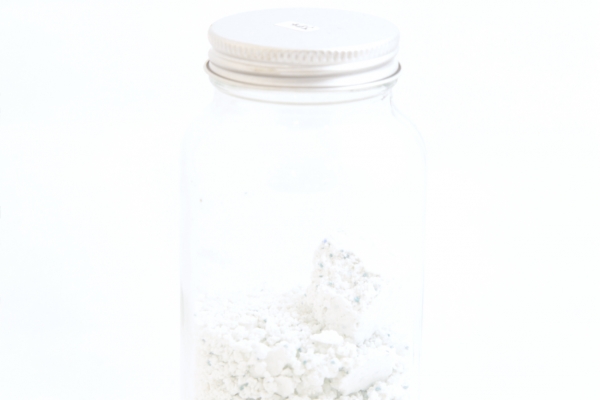
Commercial detergents are designed to wash clothes. They have many active ingredients, the most important of which are surfactants. Surfactants are polar molecules, one end of which dissolves in aqueous environments (hydrophillic) and the other end which absorbs or bonds strongly to oils and fats (hydrophobic). The cleaning effects of detergents come about because the surfactant's hydrophobic end bonds strongly with oils and fats and surround them, leaving the water loving hydrophilic end sticking out. This allows the resulting oil-and-surfactant complex to dissolve in water and be washed away.
Soaps are principally made of surfactants, whereas washing powders are generally more sophisticated because they include other chemicals to perform other cleaning functions such as bleach, enzymes, water softeners and perfumes. Washing powder also contains optical brighteners, which are fluorescent chemicals that bond to the fabric and convert invisible UV light into blue light. This effect is designed to make white clothes seem whiter and thus cleaner.
Sample ID: 374
Particularities
- State
- Solid
- Compound
- Maker
- Fairy
- Selections
- Categories
- Composite
- Curiosities
- Fluorescent
- Relationships
- Blue | Fluorescent | Hydrophilic | Hydrophobic | Hygiene | Oil | Powder | Soapy | Surfactant | White
Add materials you find interesting to your own selections.
Use the  button to select a material and get started.
button to select a material and get started.

